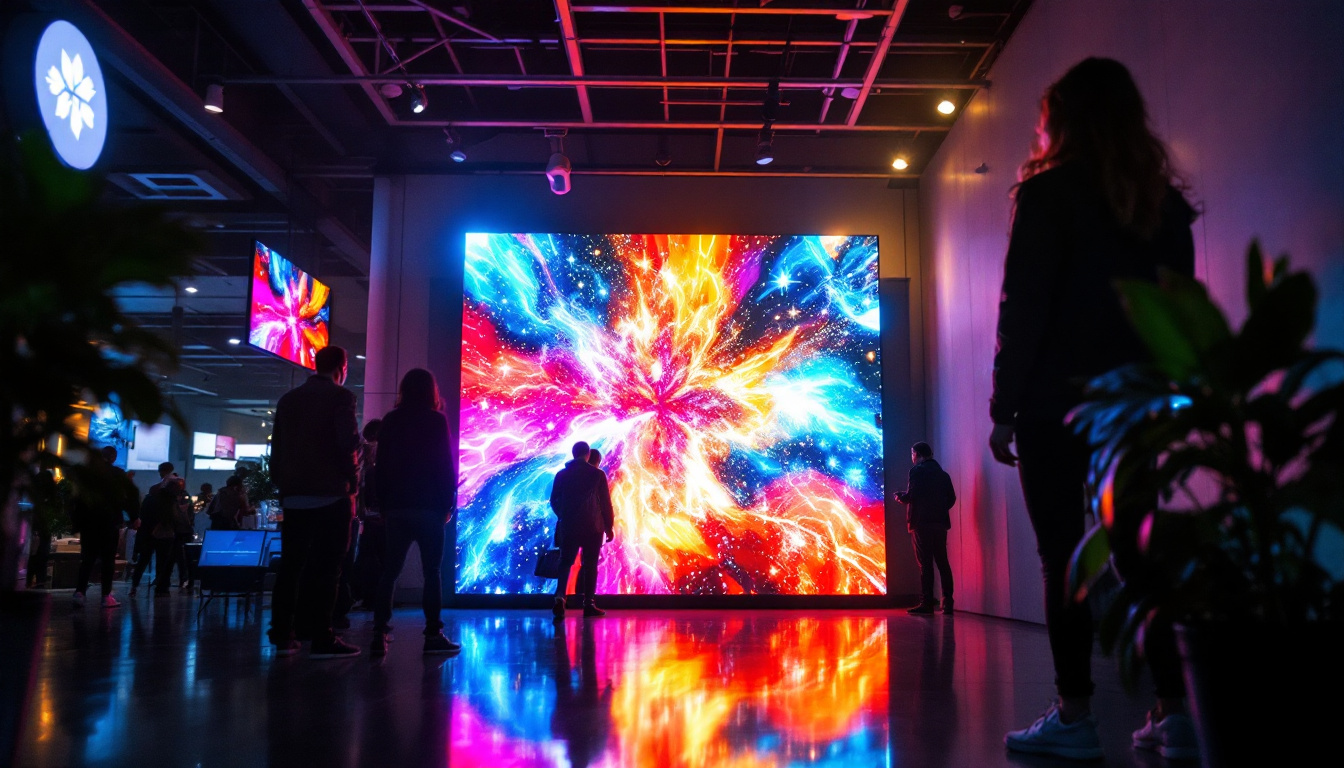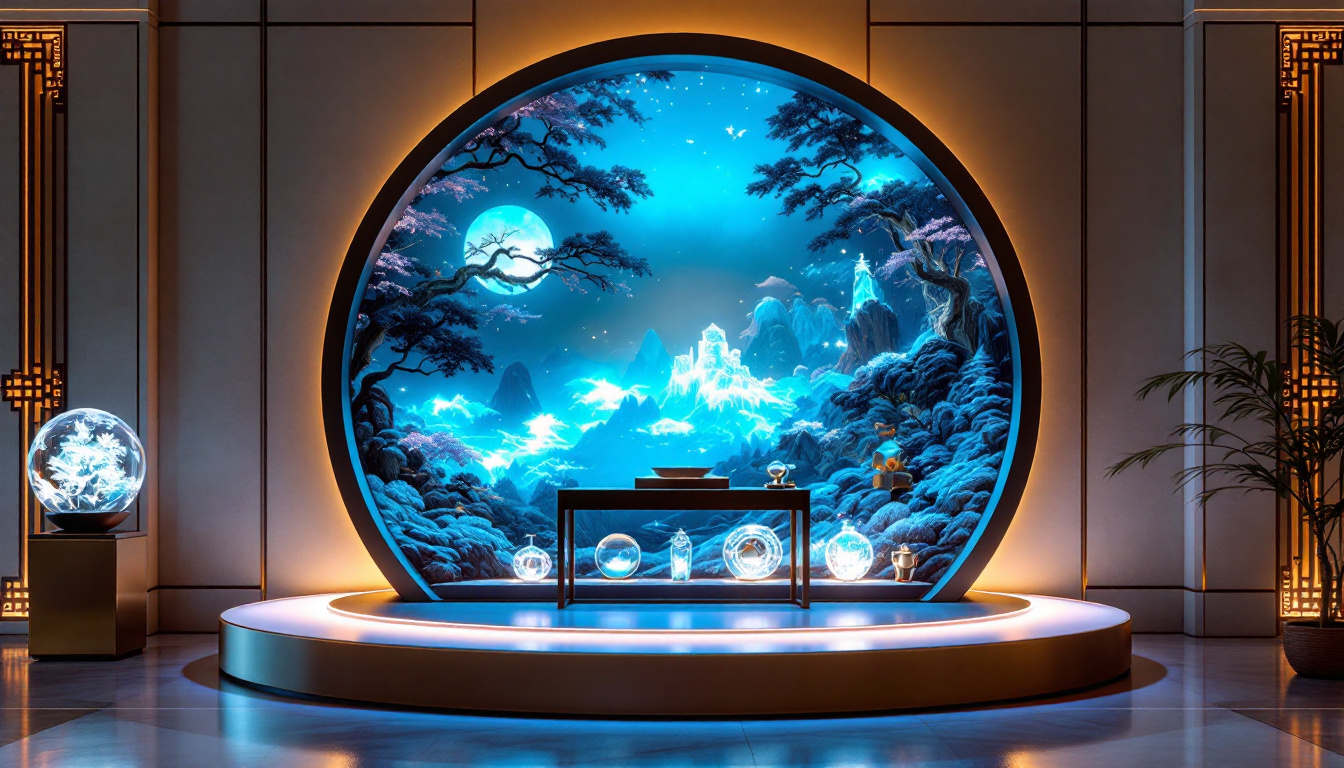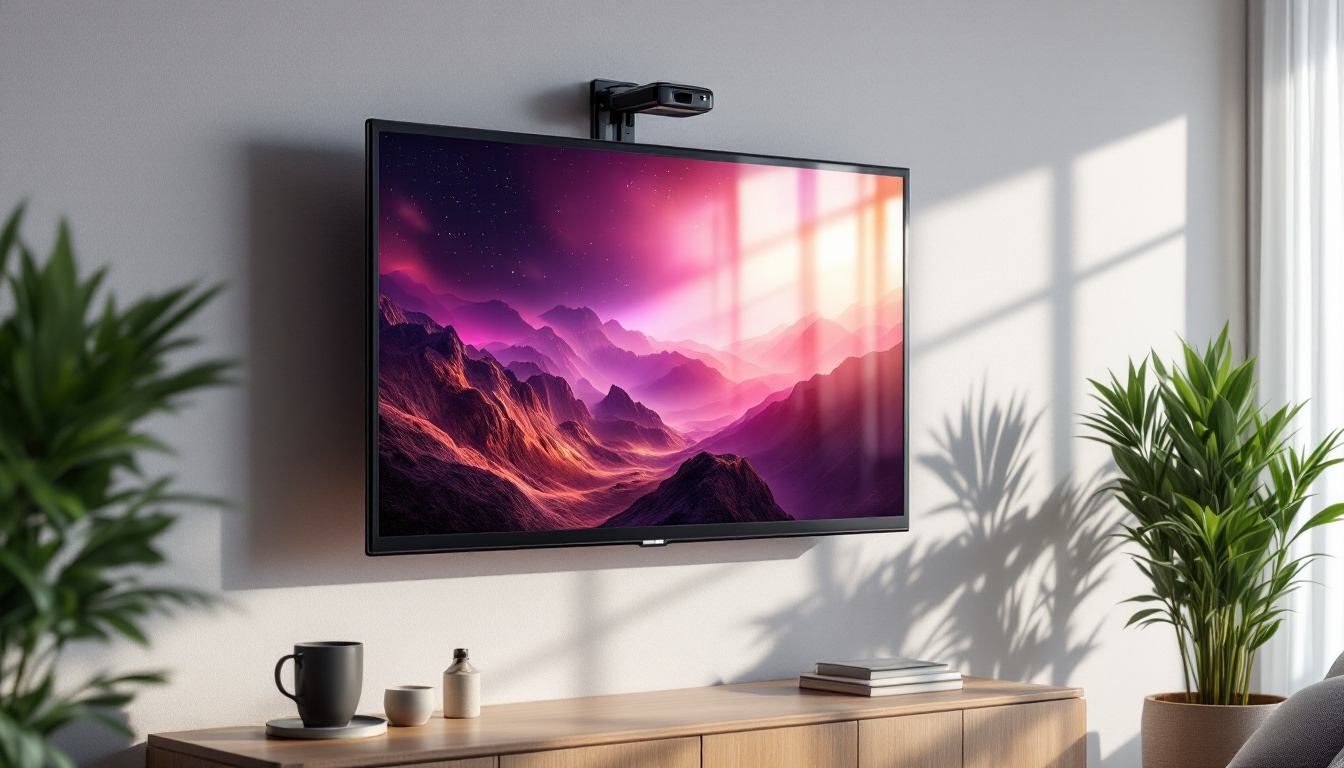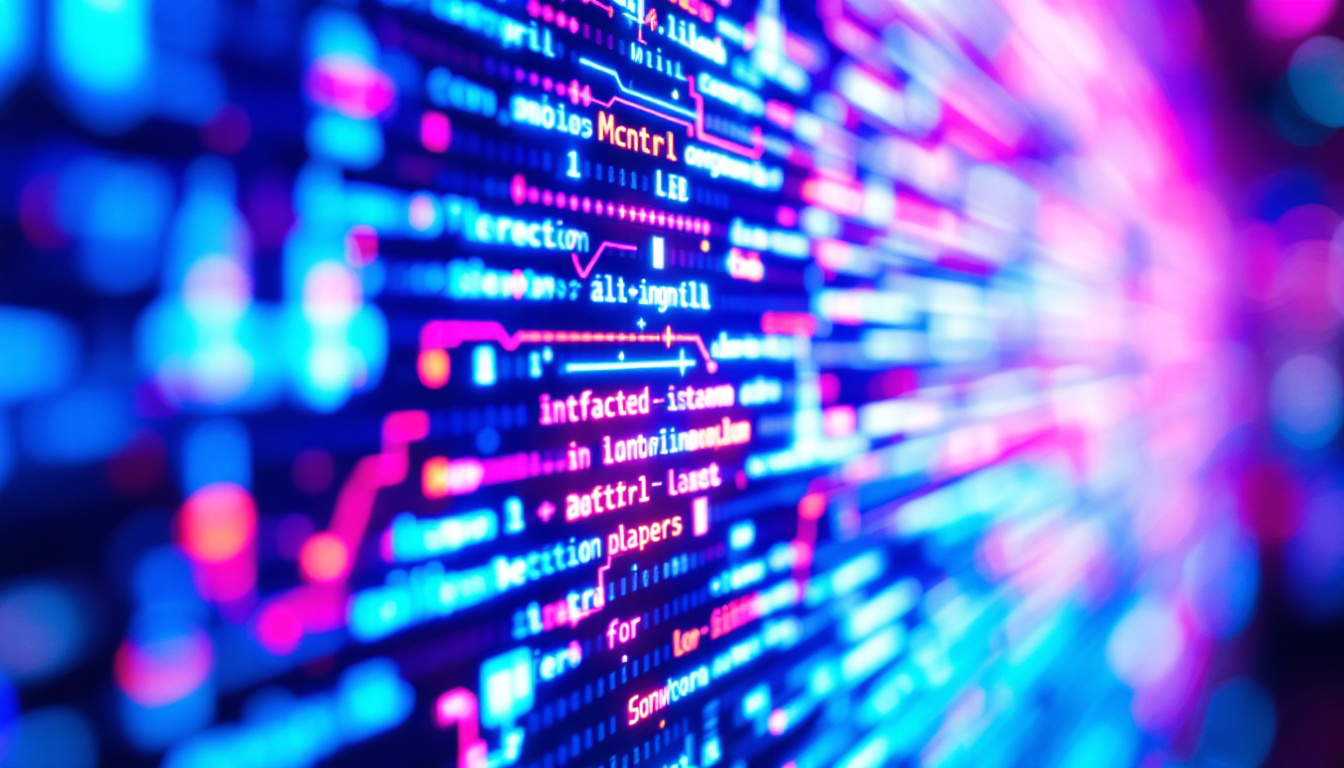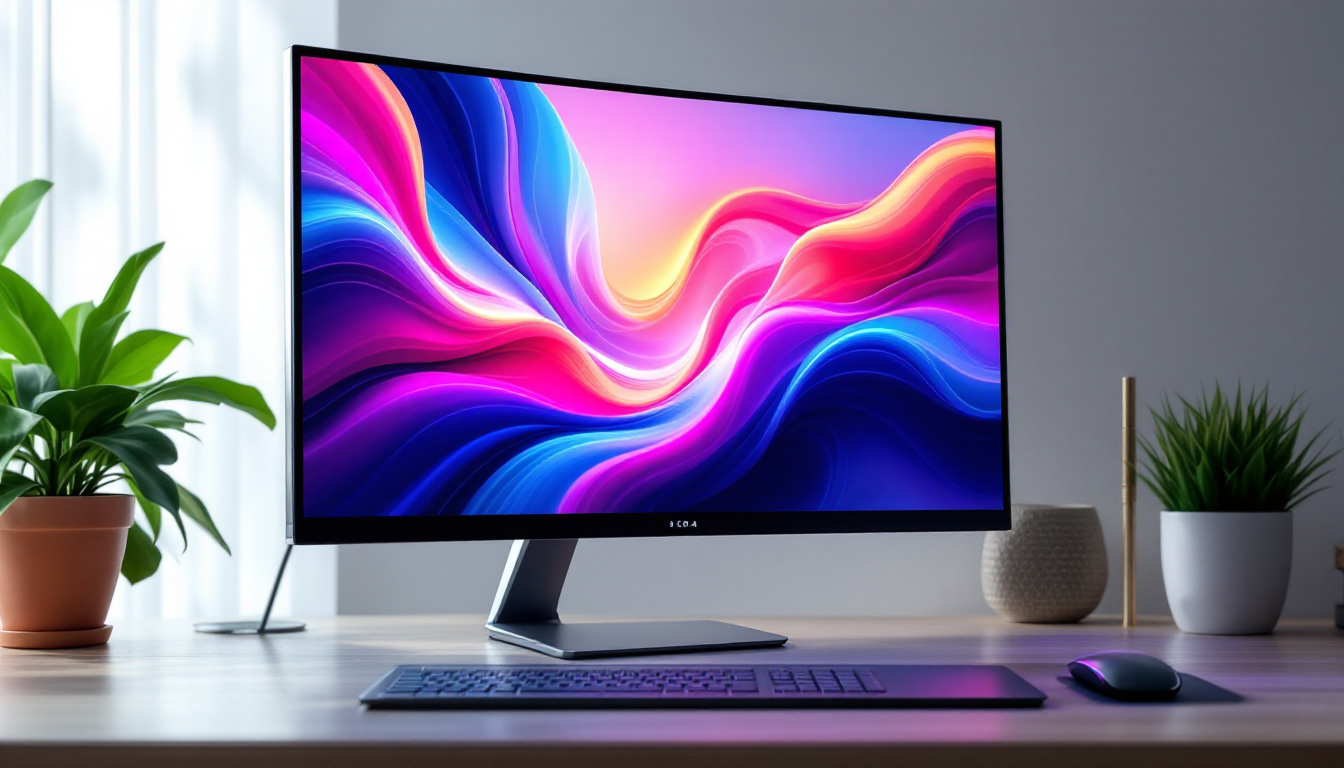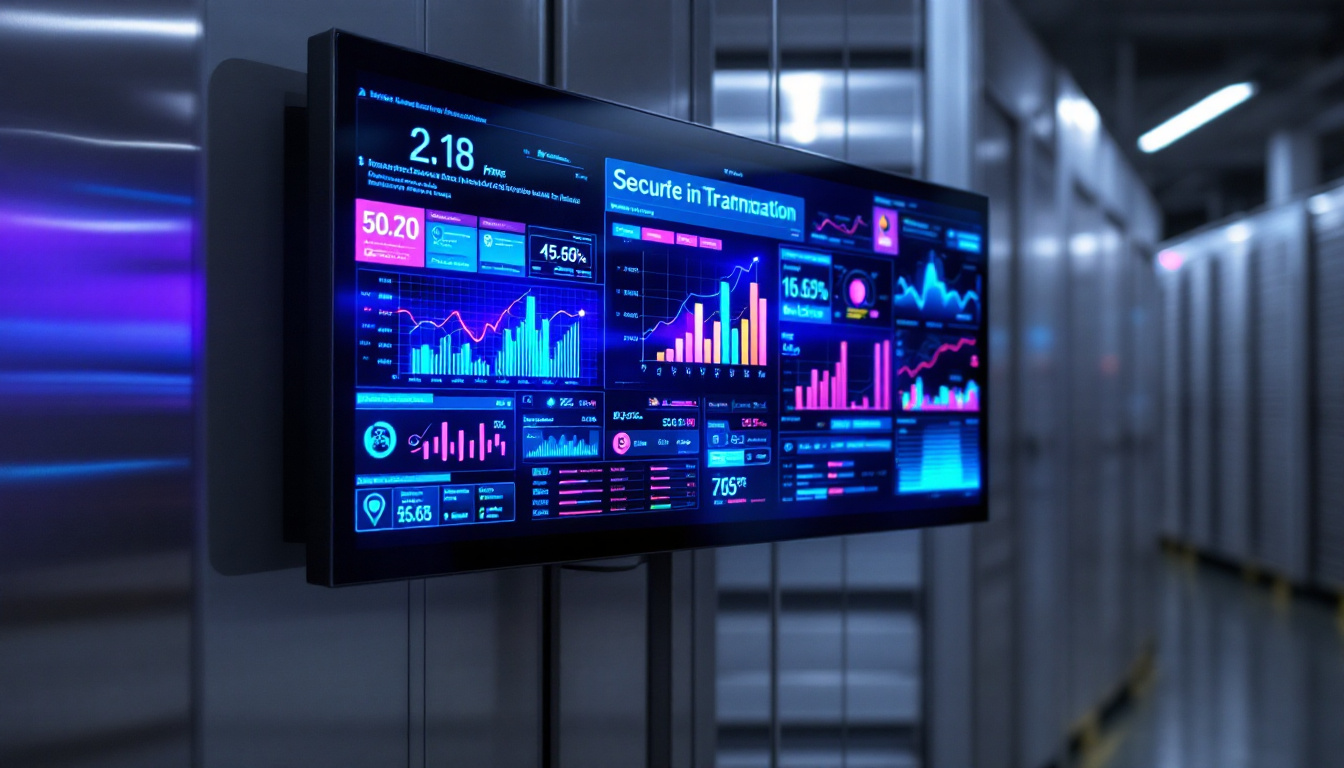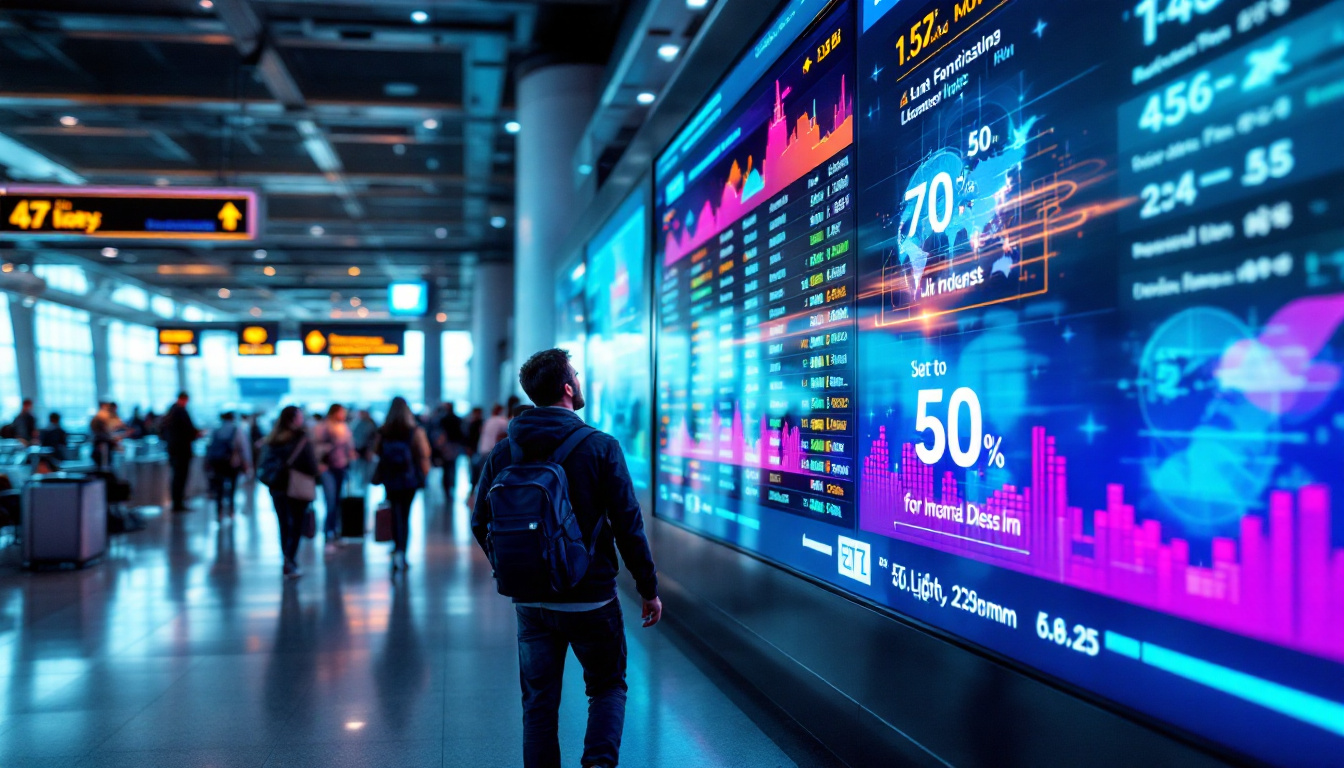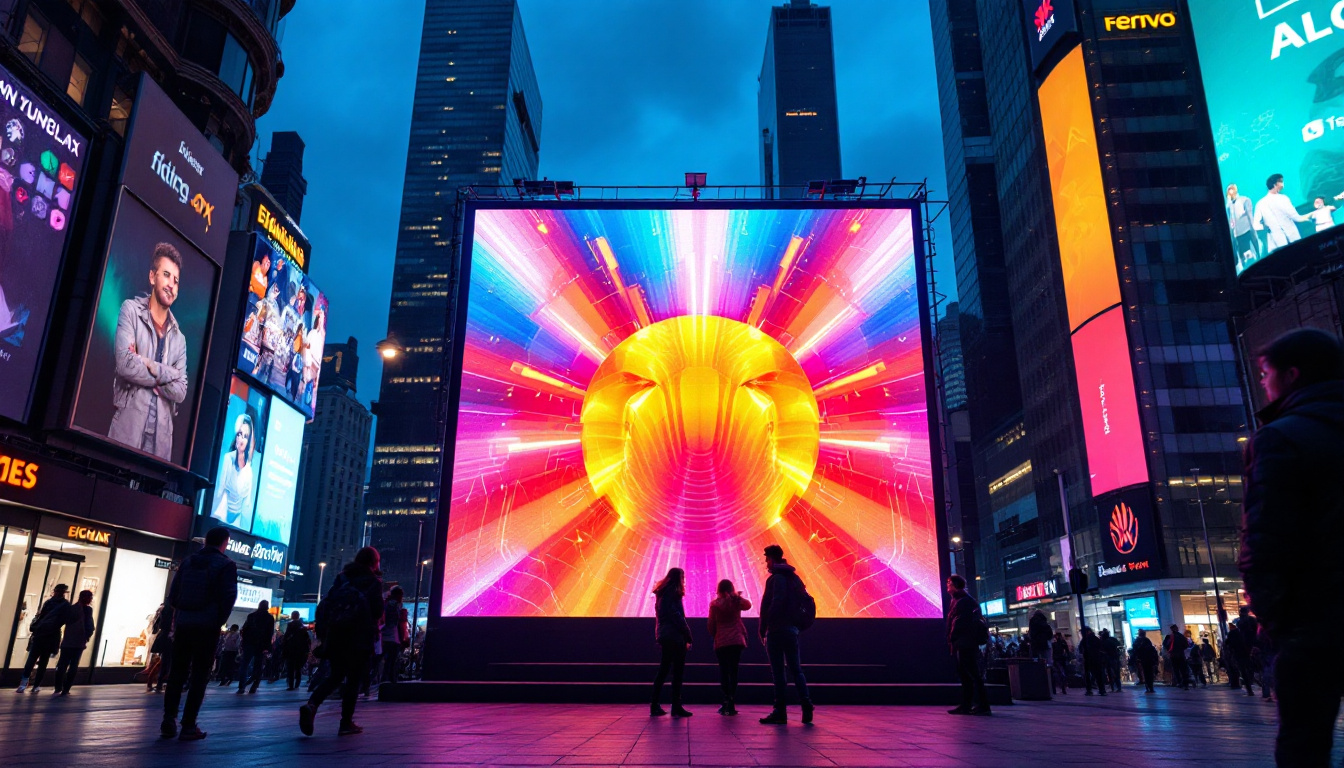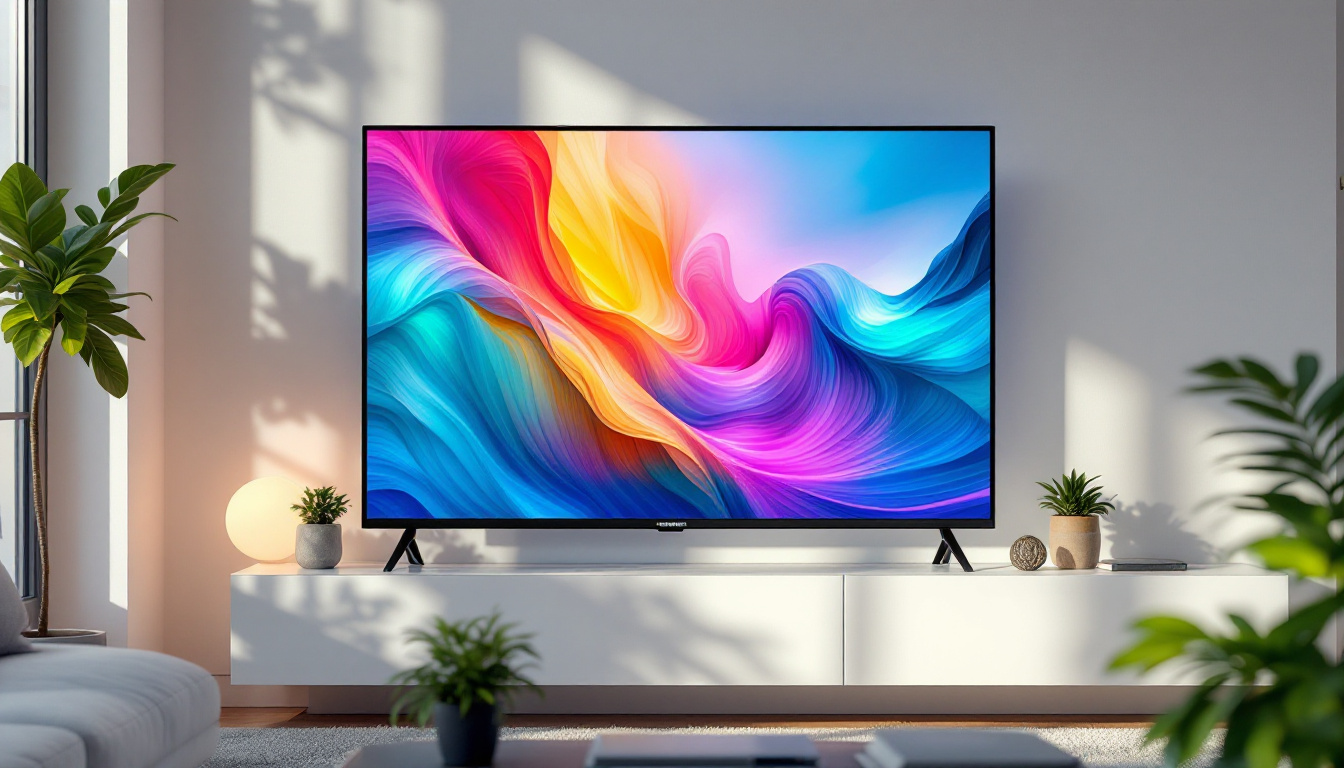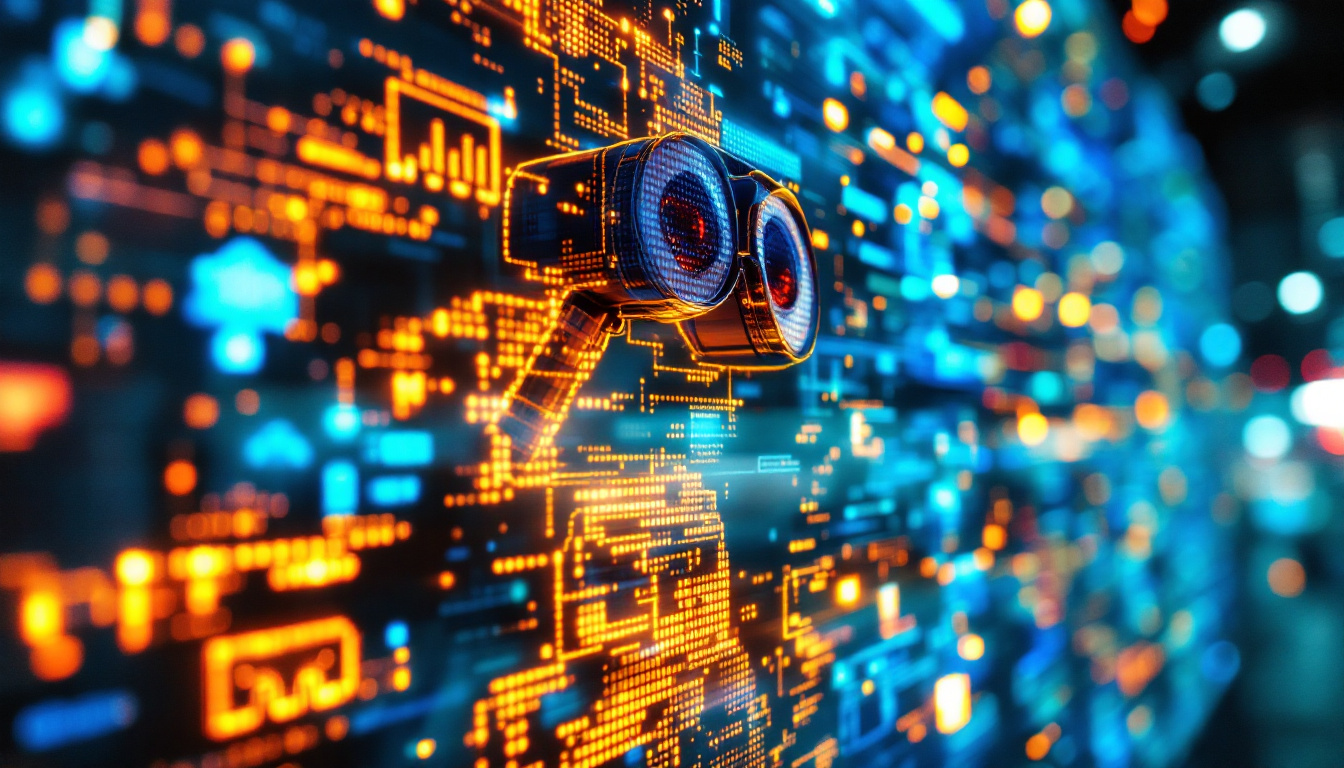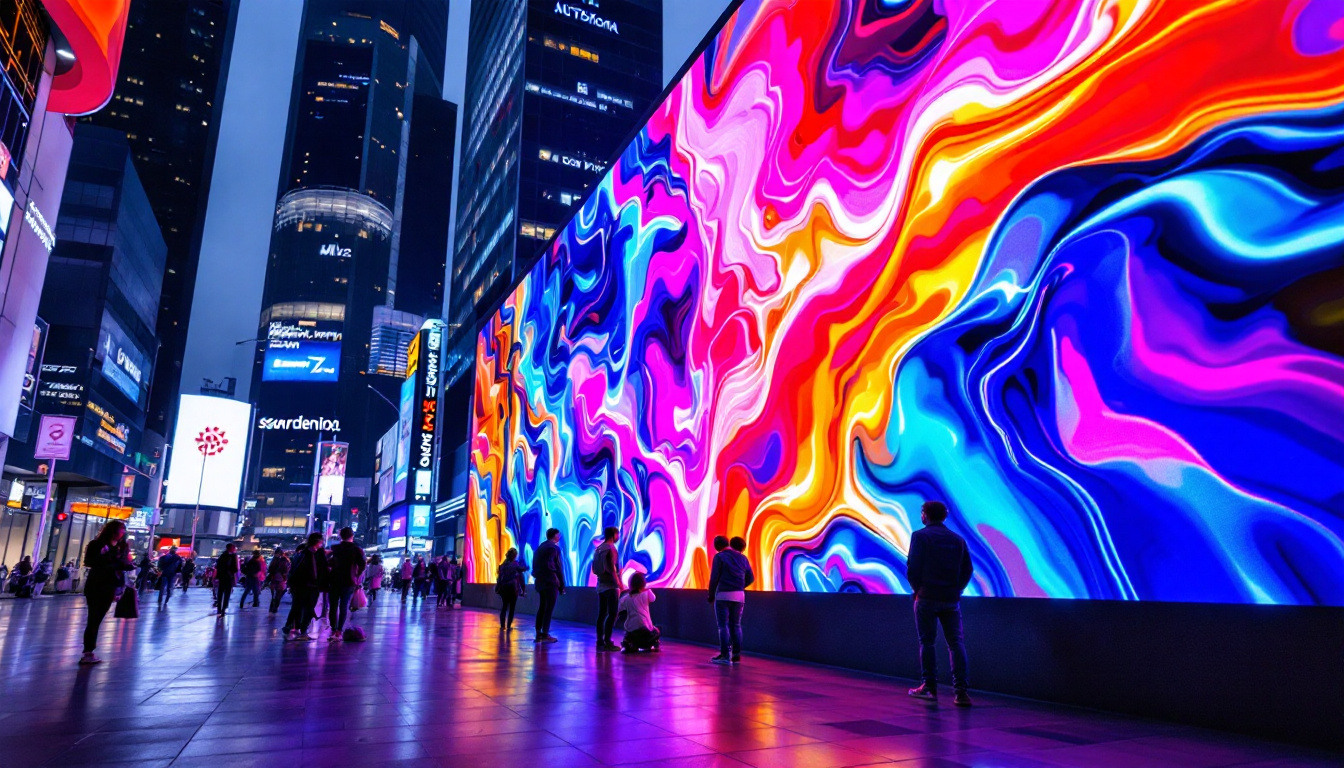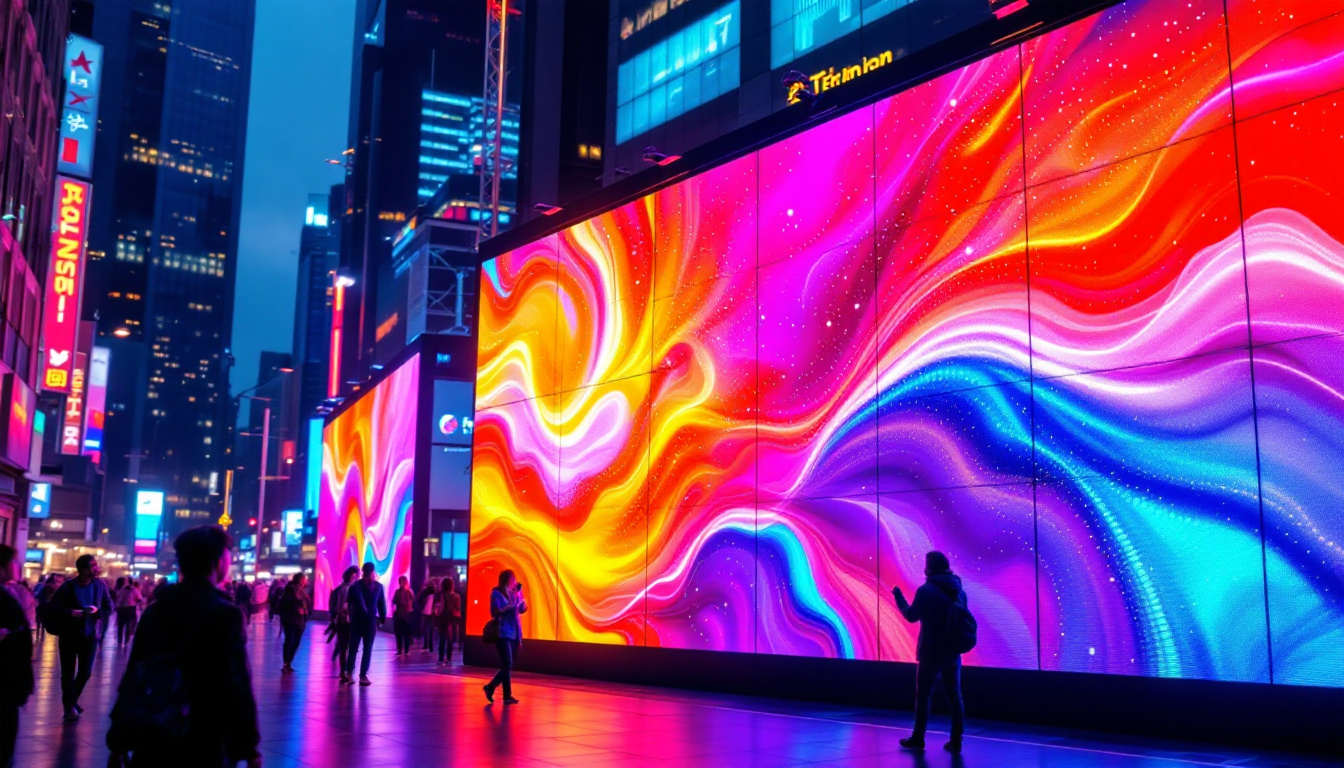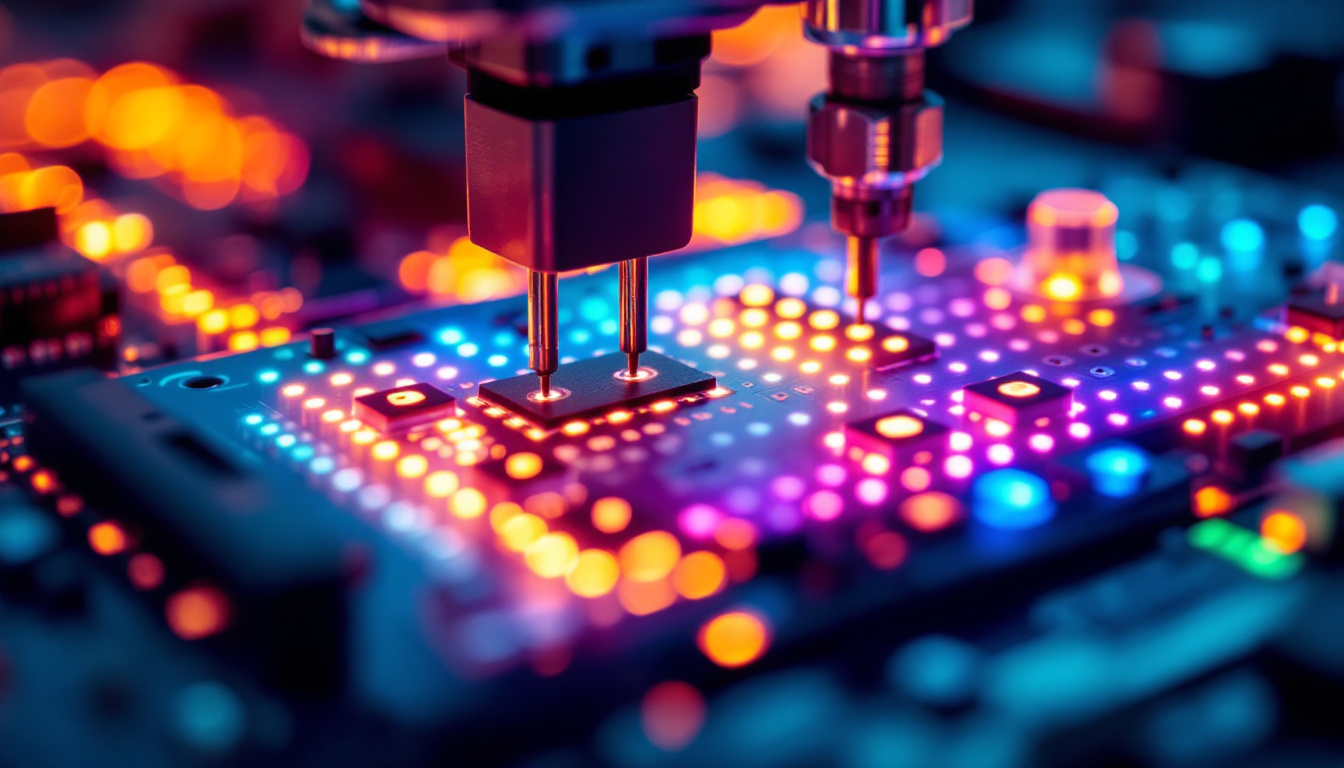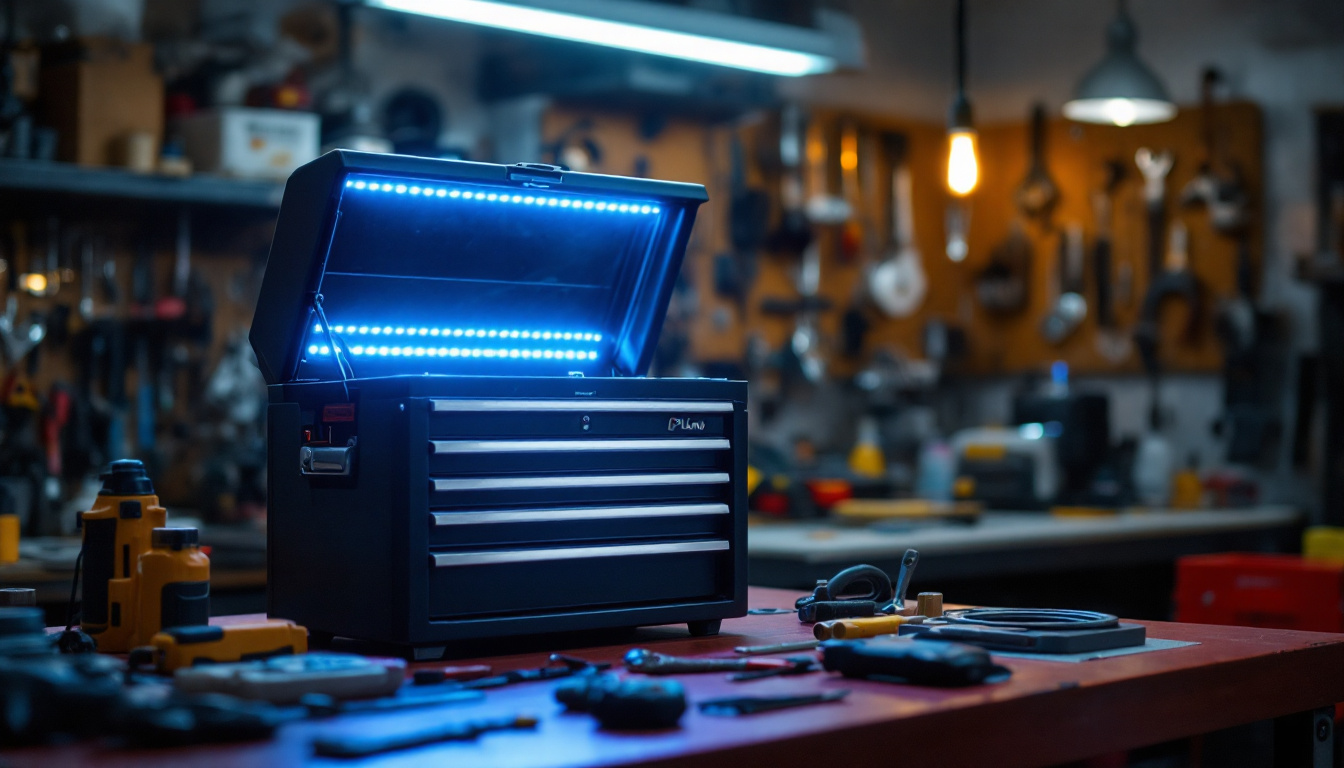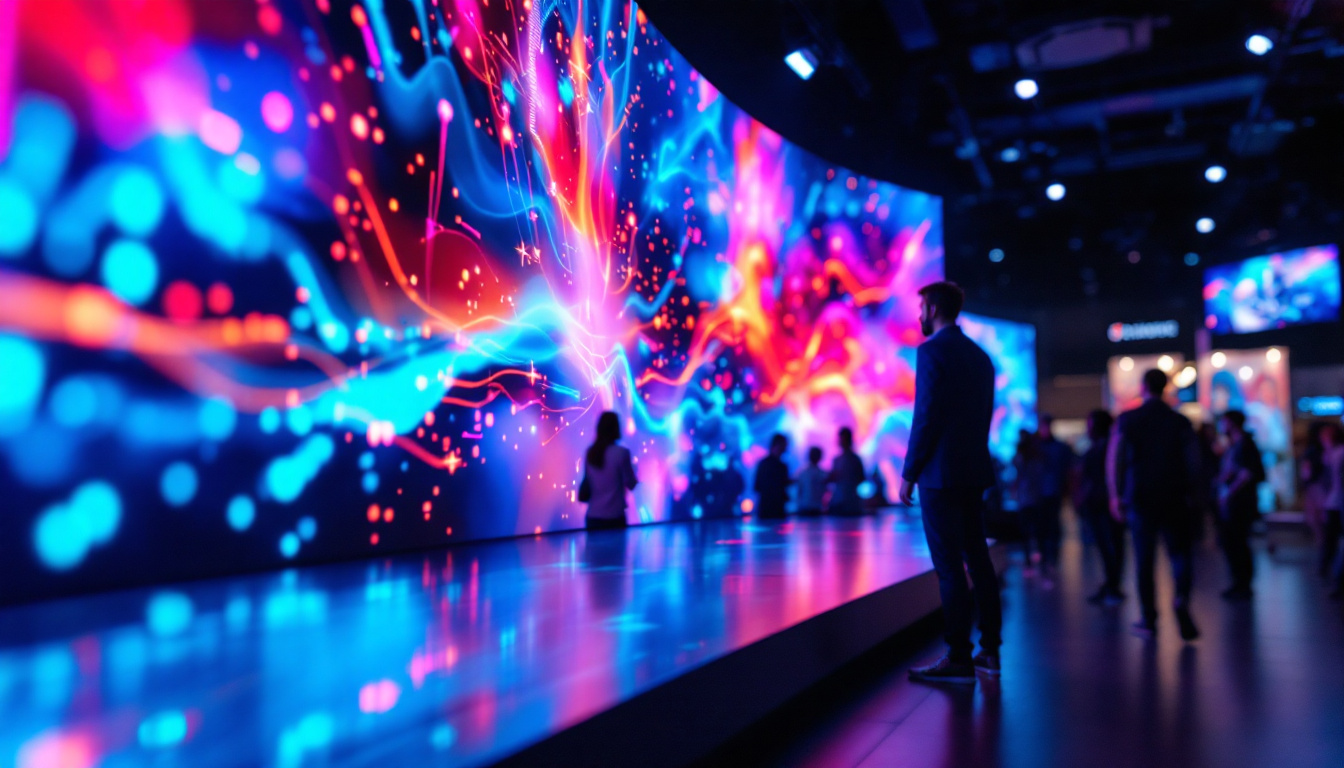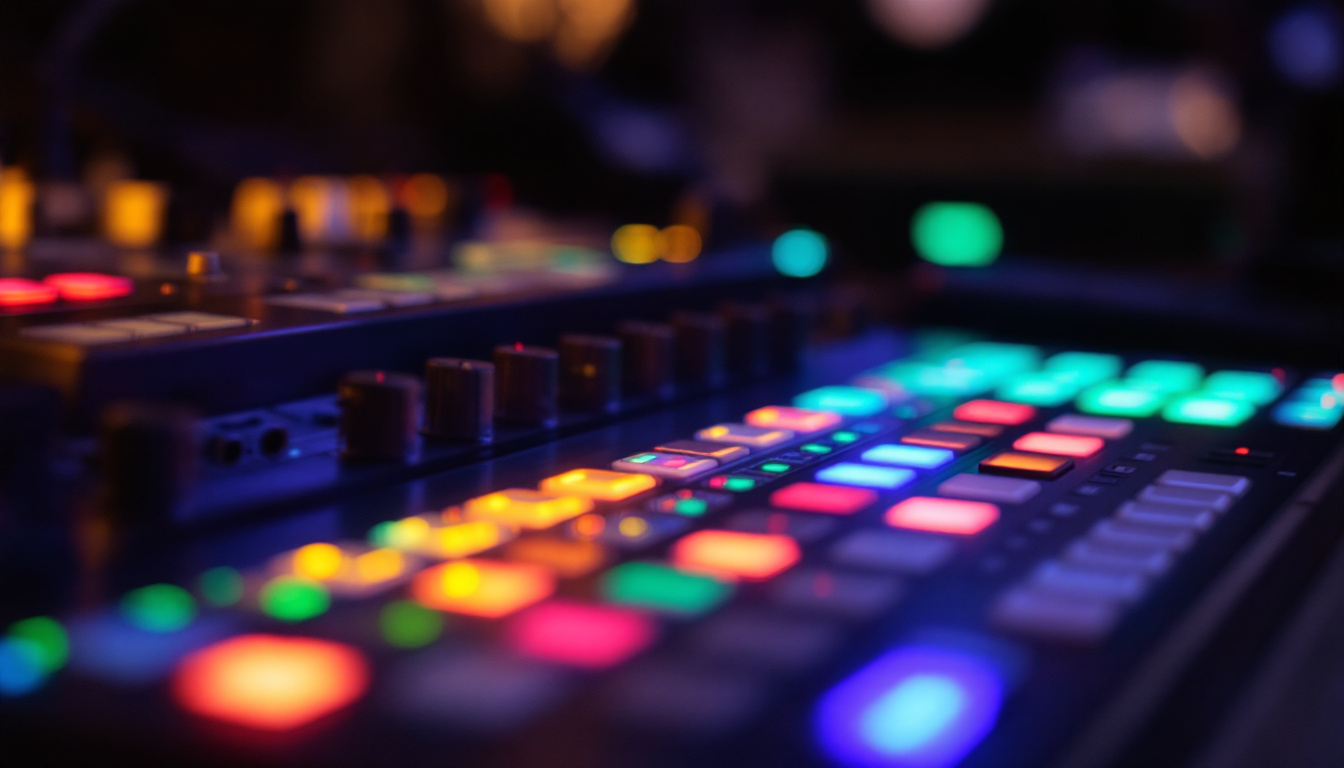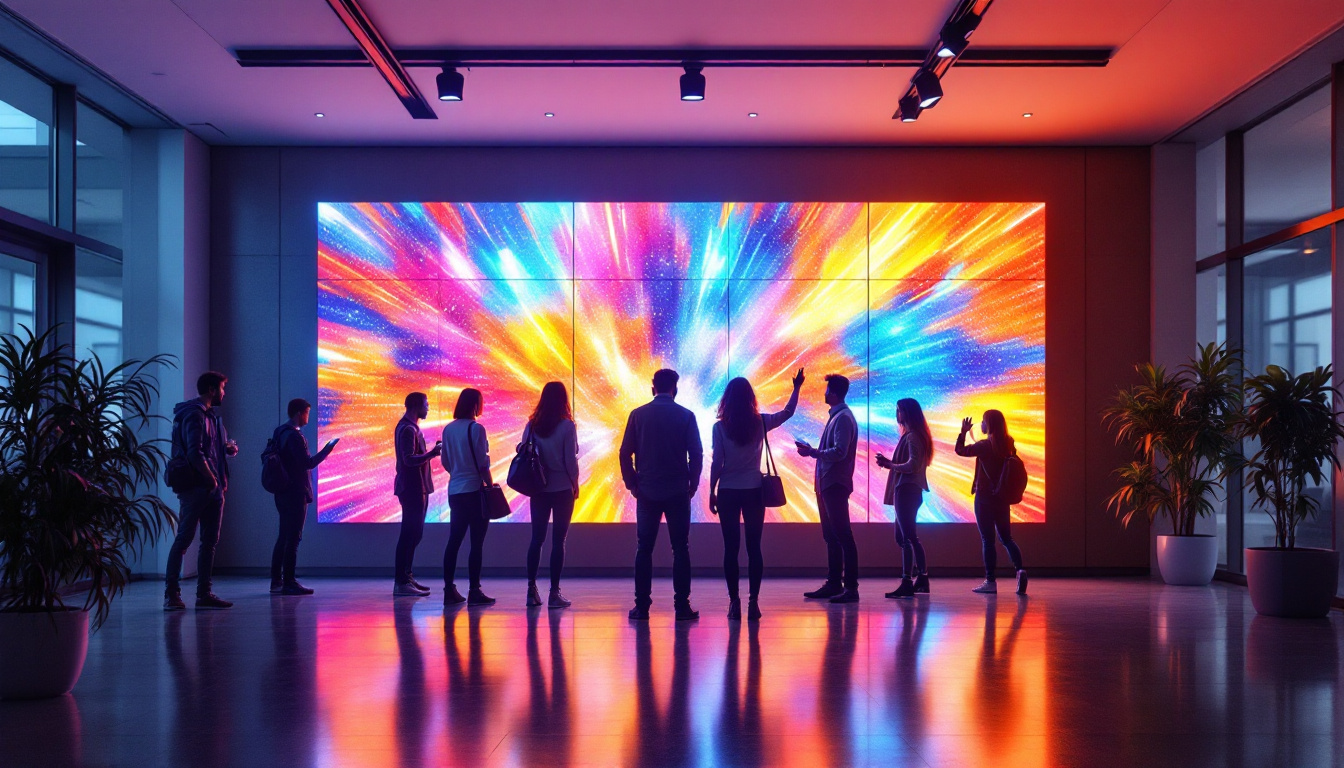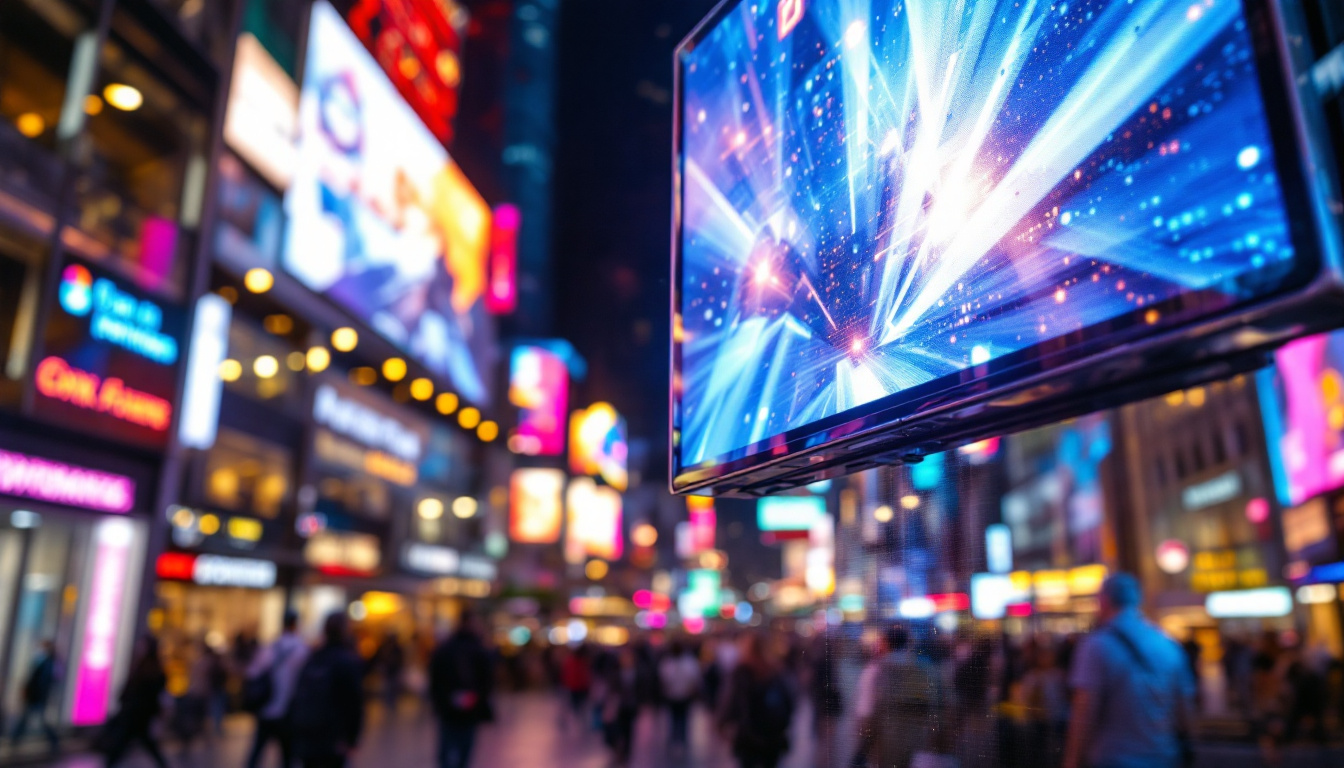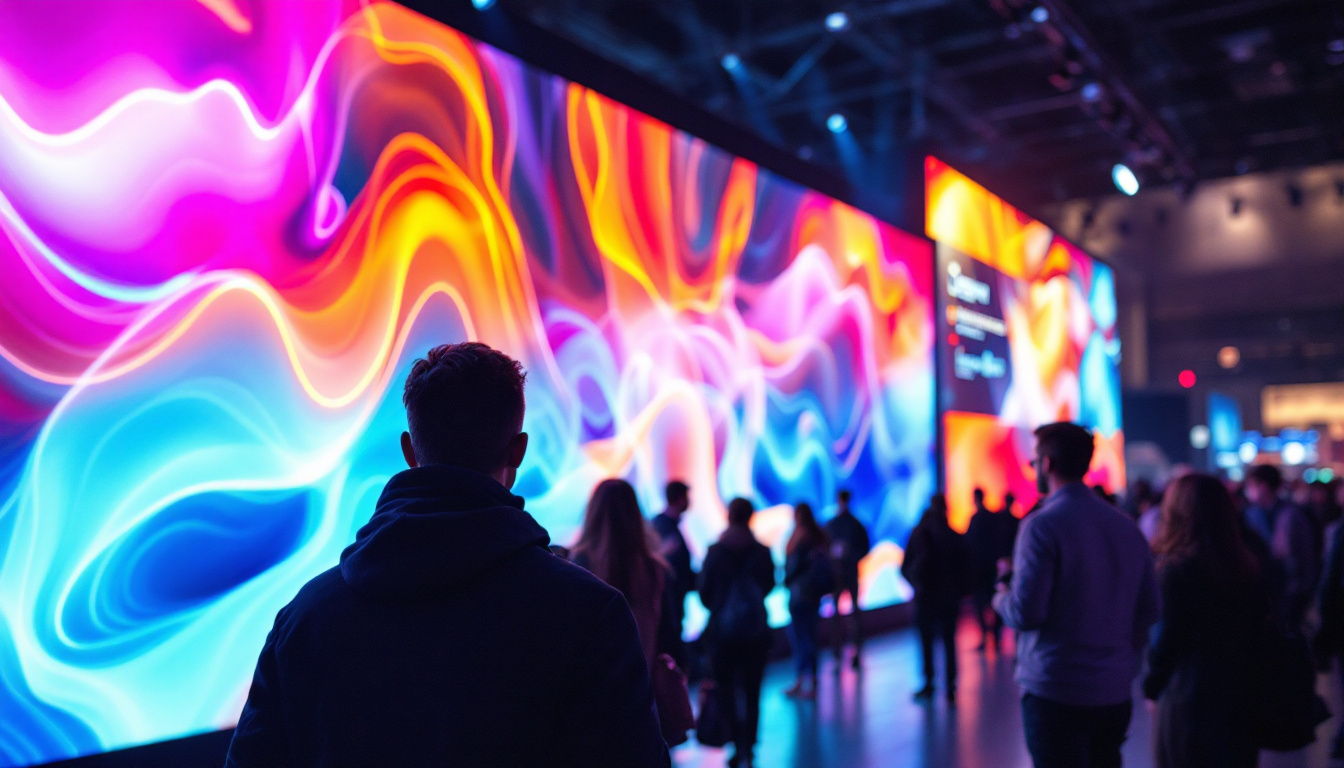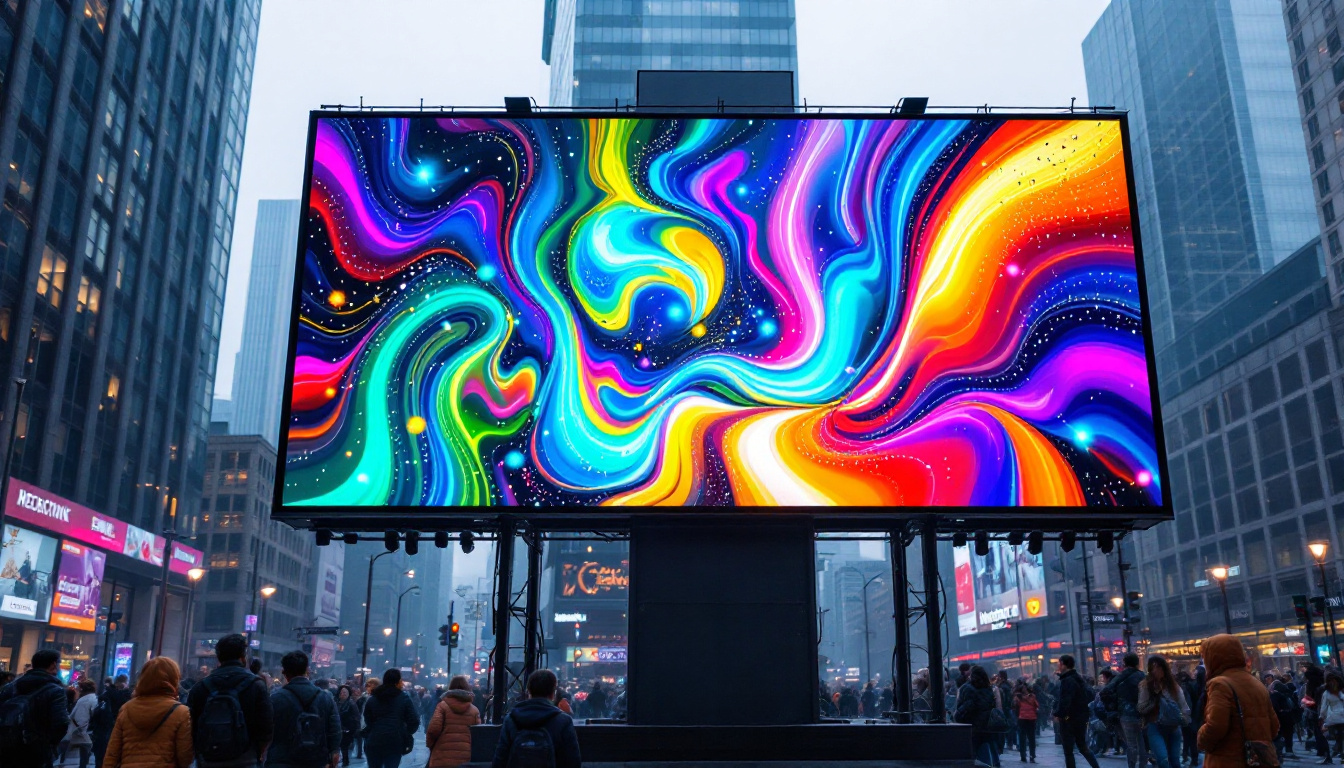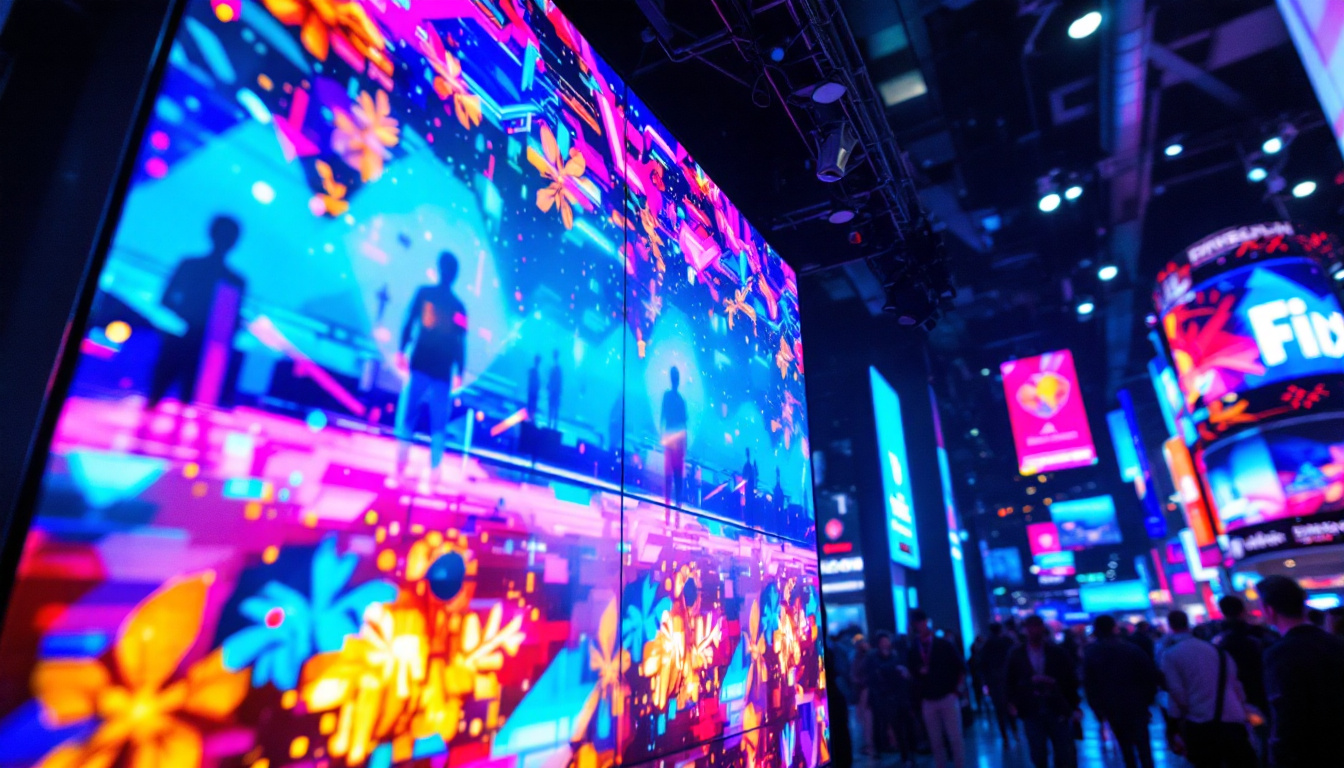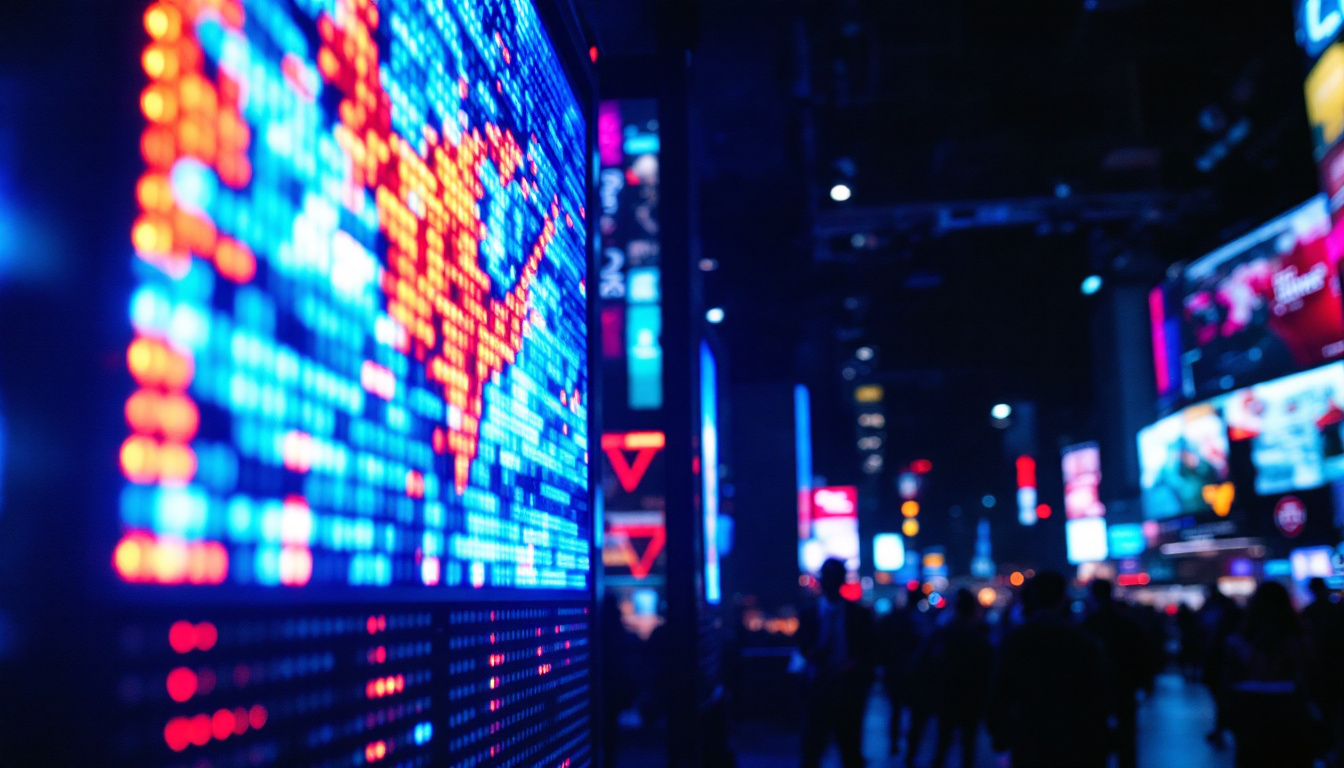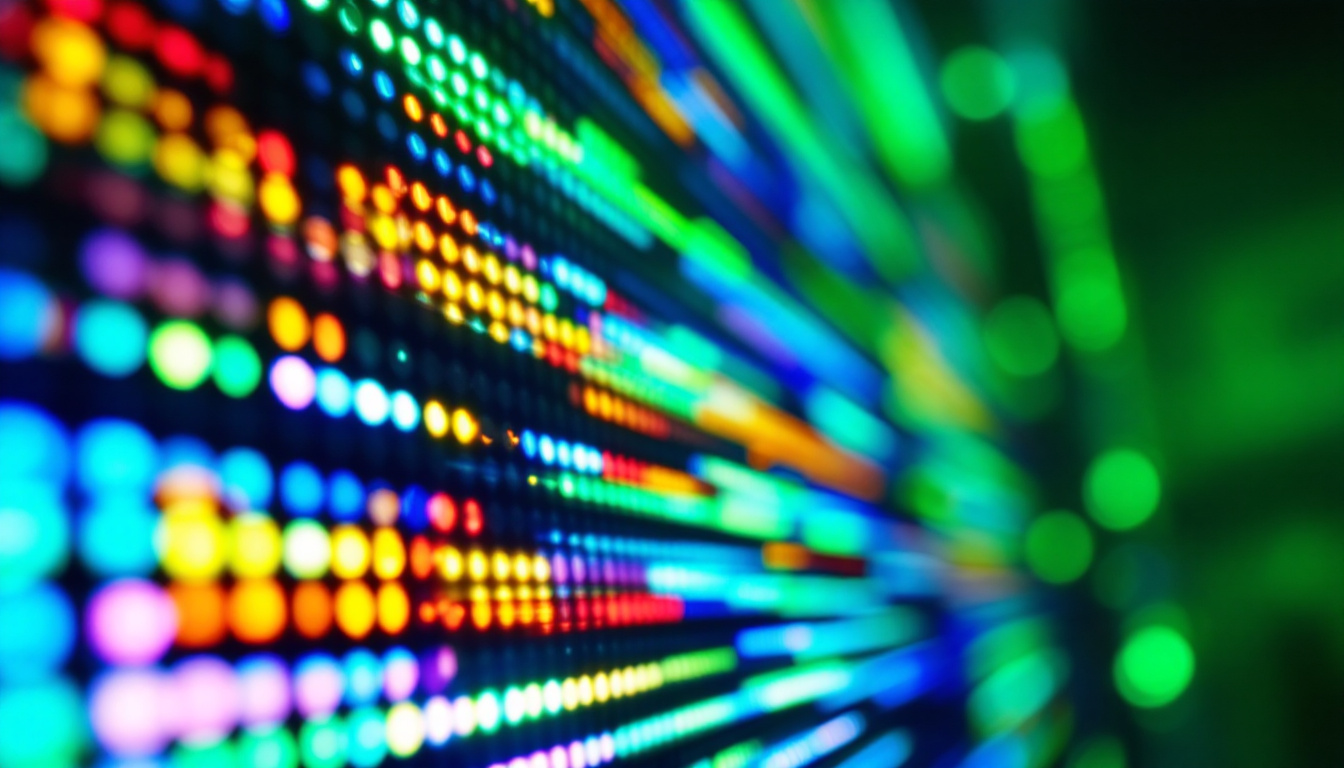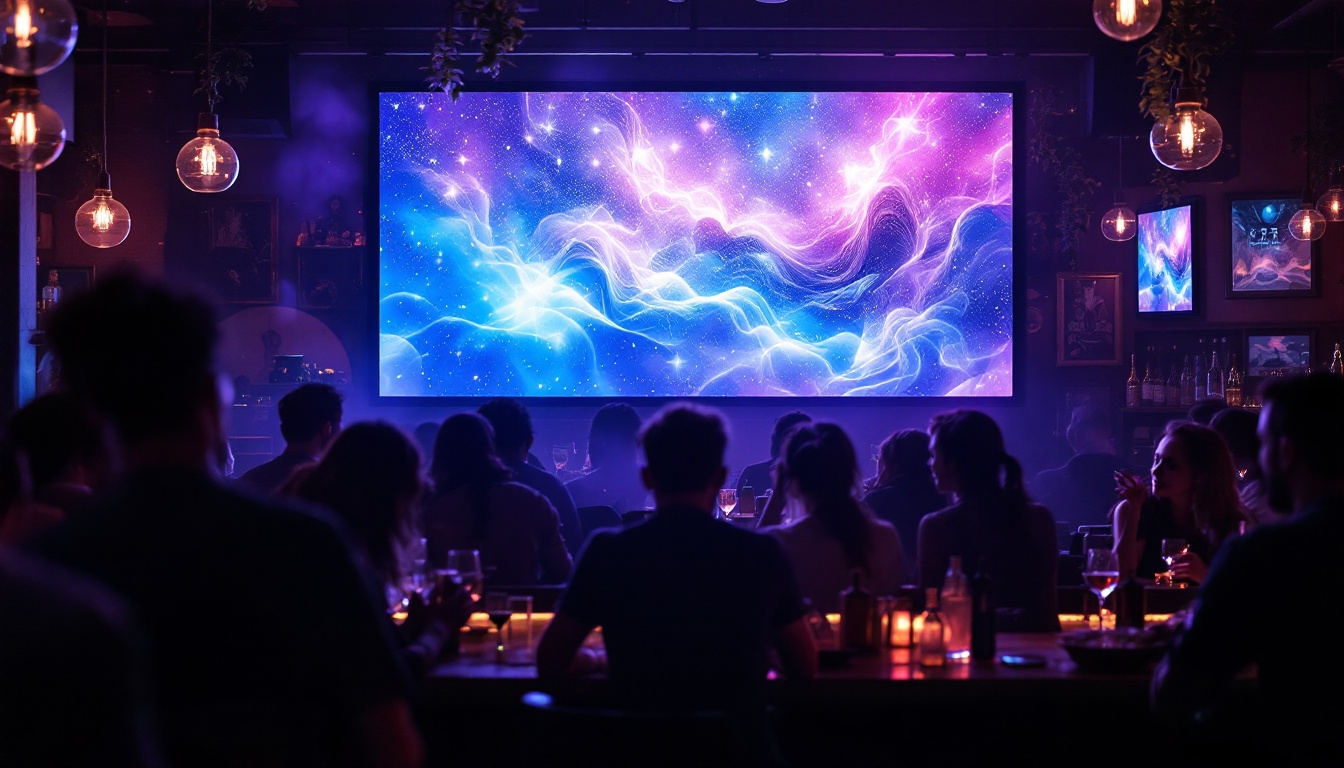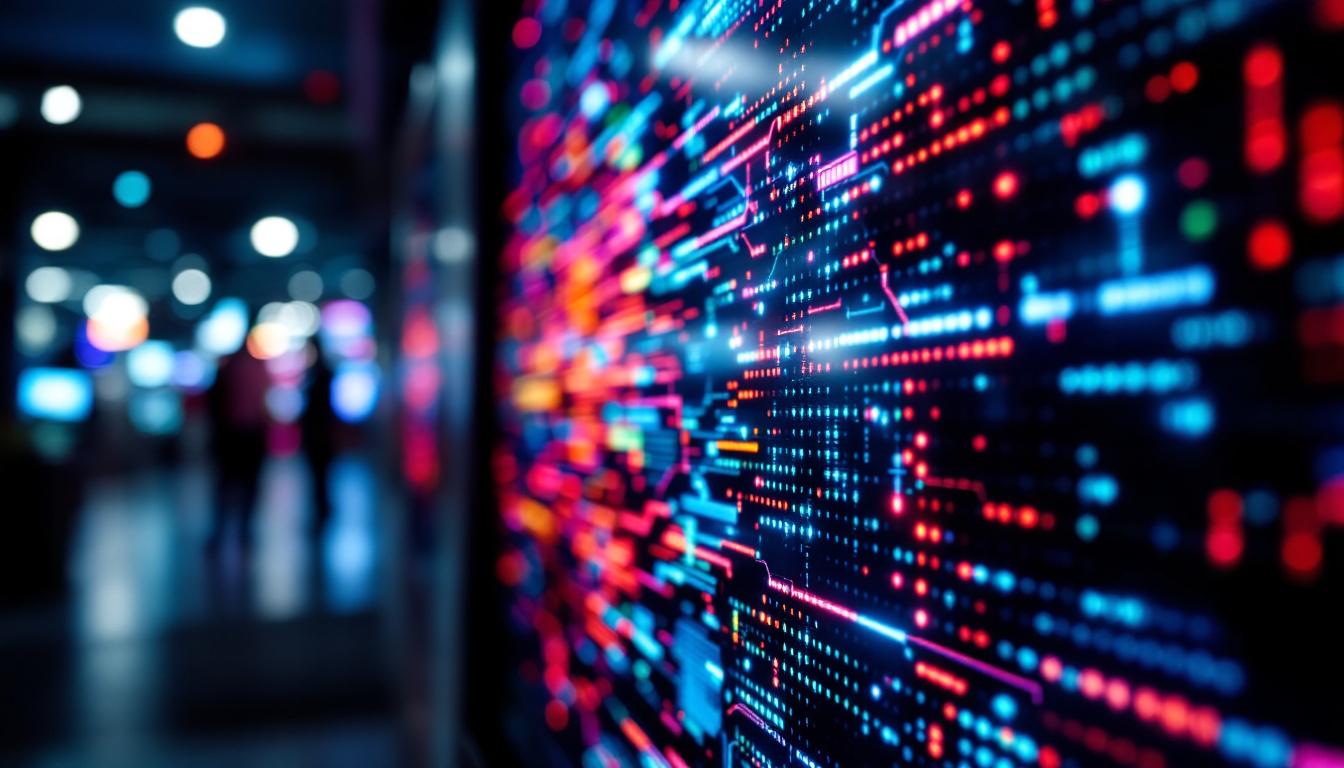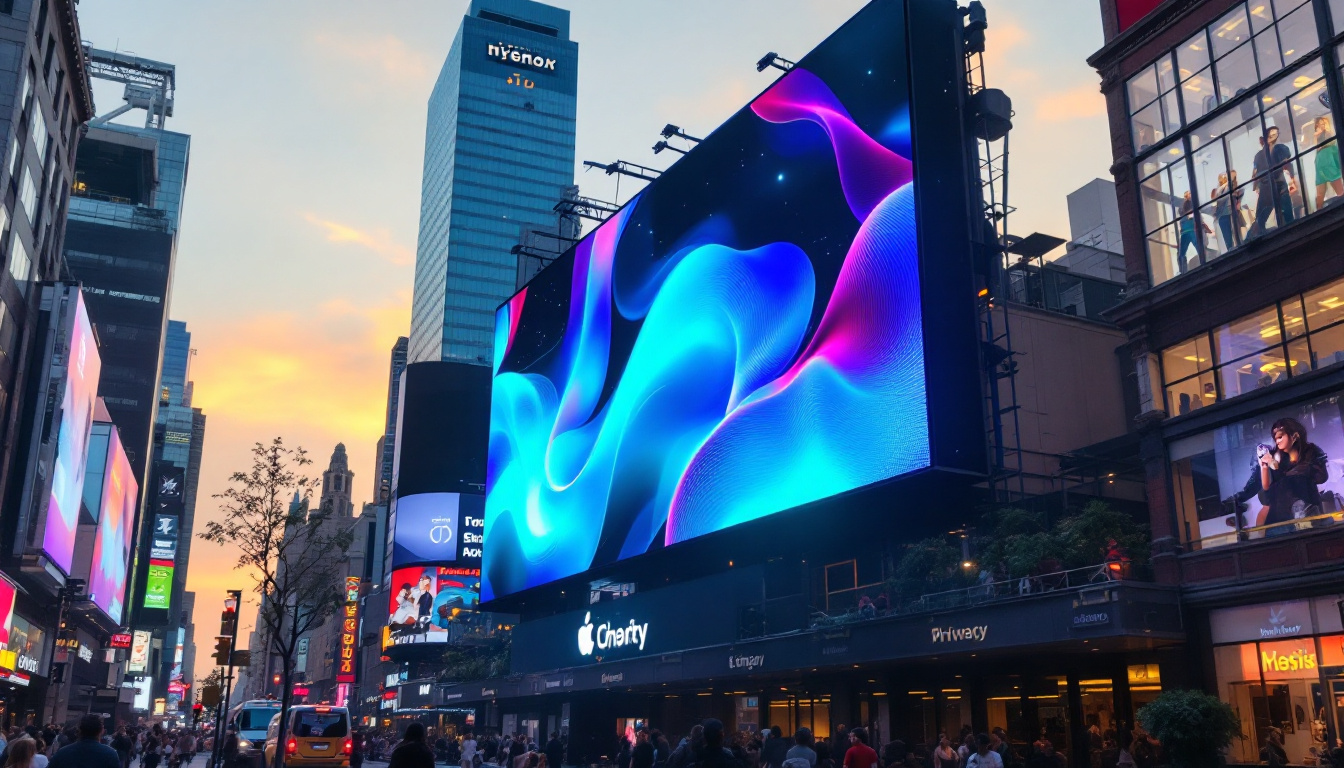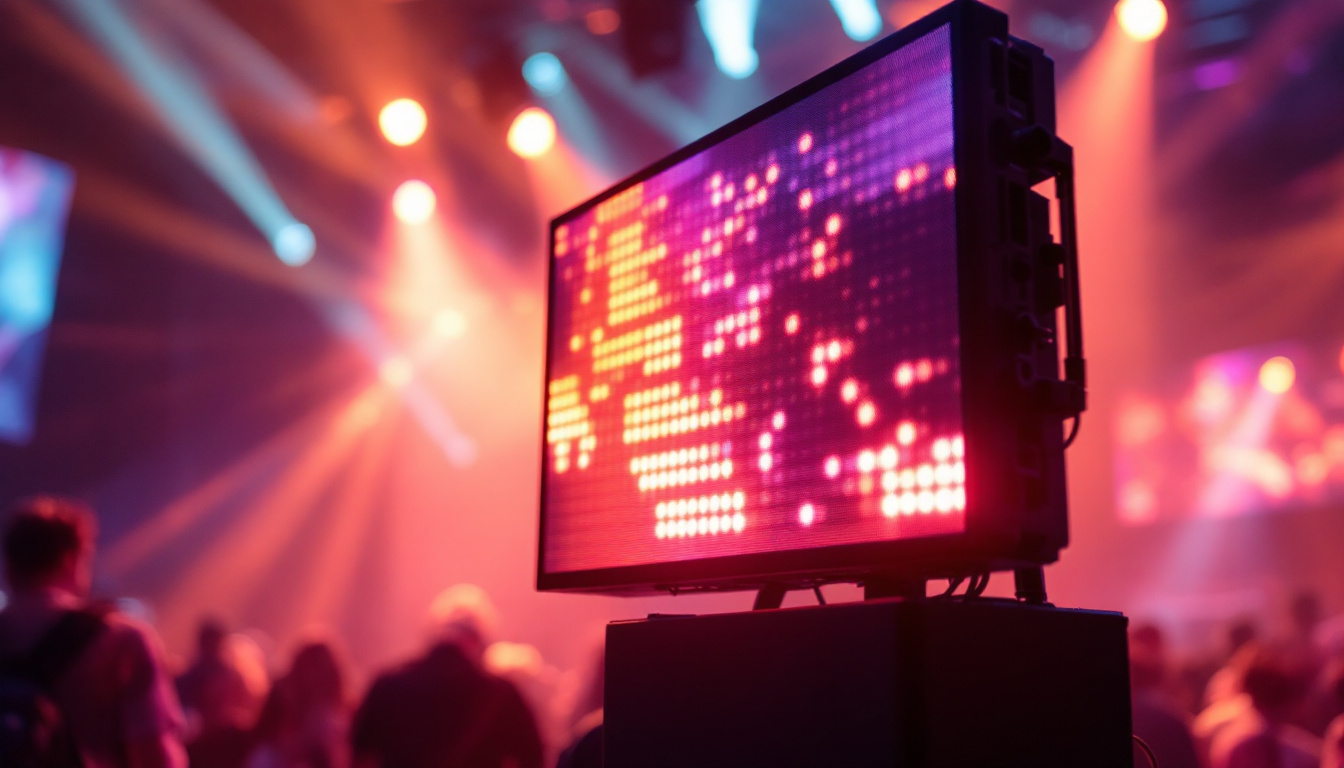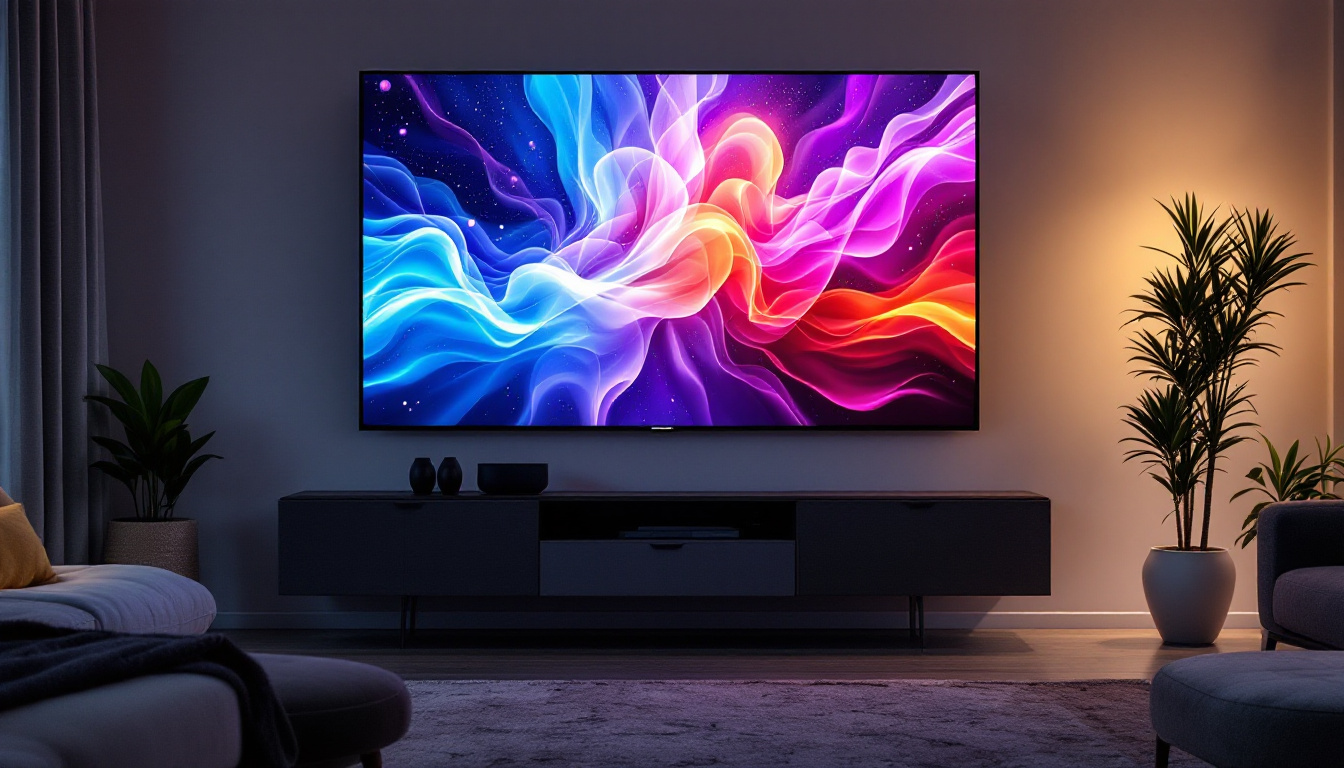In the rapidly evolving world of technology, LED displays have emerged as a pivotal component in various industries. From advertising to entertainment, these displays are not just a trend; they are a necessity. This article delves into the intricacies of LED displays, their functionality, and their applications, particularly in the context of Walls Equipment Sales.
Understanding LED Technology
LED, or Light Emitting Diode, technology has revolutionized the way visual content is displayed. Unlike traditional displays that rely on backlighting, LED displays utilize a series of diodes that emit light when an electric current passes through them. This fundamental difference leads to several advantages, including improved energy efficiency, brightness, and lifespan.
The Basics of LED Displays
At its core, an LED display consists of a grid of pixels, each made up of individual diodes. These pixels can change colors and brightness levels, allowing for the creation of dynamic images and videos. The resolution of an LED display is determined by the number of pixels it contains; higher pixel counts result in sharper images. This flexibility in pixel configuration enables designers and engineers to create displays tailored for various applications, from large-scale billboards to small handheld devices.
LED displays can be categorized into two main types: direct view and backlit. Direct view displays are made up of individual LED modules that form the entire screen, while backlit displays use LEDs to illuminate an LCD screen. Each type has its own set of advantages and applications, making it essential to choose the right one for specific needs. For instance, direct view displays are often favored for their superior color accuracy and contrast ratios, making them ideal for high-end video walls and digital signage, while backlit displays are commonly used in televisions and computer monitors due to their thinner profile.
Key Advantages of LED Displays
One of the primary benefits of LED displays is their energy efficiency. Compared to traditional display technologies, LEDs consume significantly less power, making them an environmentally friendly option. Additionally, they have a longer lifespan, often lasting tens of thousands of hours, which reduces the need for frequent replacements. This longevity not only contributes to lower maintenance costs but also minimizes waste, aligning with sustainable practices that are increasingly important in today’s eco-conscious market.
Brightness is another critical advantage. LED displays can produce vibrant colors and high levels of brightness, making them suitable for both indoor and outdoor environments. This capability ensures that content remains visible even in direct sunlight, a feature that is particularly beneficial for advertising and public information displays. Furthermore, the ability to adjust brightness levels dynamically allows for optimal viewing experiences across different lighting conditions, enhancing user engagement and ensuring that messages are effectively communicated regardless of the setting. As technology continues to advance, we can expect even greater innovations in LED display capabilities, such as improved color rendering and enhanced interactivity, further expanding their applications in various fields.
Applications of LED Displays
LED displays have found applications across a wide range of industries. Their versatility allows them to be used in various settings, from retail environments to large-scale events. Understanding these applications can help businesses make informed decisions about incorporating LED technology into their operations.
Advertising and Marketing
One of the most prominent uses of LED displays is in advertising. Digital billboards and signage have become ubiquitous in urban environments, capturing the attention of passersby with dynamic content. These displays can be easily updated with new advertisements, promotions, or announcements, allowing businesses to engage customers in real-time.
Furthermore, LED displays can be strategically placed in high-traffic areas, maximizing visibility and impact. The ability to showcase vibrant visuals and animations makes them a powerful tool for marketers looking to stand out in a crowded marketplace. With the integration of advanced technologies like facial recognition and data analytics, advertisers can tailor content to specific demographics, further enhancing engagement and conversion rates.
Entertainment and Events
In the entertainment industry, LED displays play a crucial role in enhancing the audience experience. Concerts, festivals, and sporting events often utilize large LED screens to broadcast performances, scores, and other relevant information. The high brightness and clarity of these displays ensure that attendees can enjoy the show, regardless of their location in the venue.
Additionally, LED displays are increasingly used in theaters and cinemas, providing immersive experiences through stunning visuals. The flexibility of LED technology allows for creative stage designs and dynamic backdrops, further enhancing the overall production quality. Beyond traditional venues, LED displays are also being utilized in pop-up events and immersive art installations, where they create captivating environments that draw in audiences and encourage interaction.
Corporate and Educational Use
In corporate settings, LED displays are invaluable tools for presentations and meetings. They can be used to display data, graphics, and videos, making information more accessible and engaging for audiences. The ability to connect multiple displays also allows for larger presentations, accommodating bigger groups without sacrificing clarity.
Educational institutions have also embraced LED technology, using it to create interactive learning environments. Digital signage in schools can convey important announcements, while LED displays in classrooms can facilitate dynamic teaching methods, making lessons more engaging for students. Furthermore, universities are leveraging LED technology for campus-wide communication, displaying event schedules, emergency alerts, and even student achievements, fostering a sense of community and connectivity among students and staff alike.
Choosing the Right LED Display
When considering the purchase of an LED display, several factors must be taken into account. Understanding the specific needs of the application will guide the decision-making process and ensure that the right display is selected.
Determining the Purpose
The first step in choosing an LED display is to determine its intended purpose. Will it be used for advertising, entertainment, or information dissemination? Each application may require different specifications, such as brightness levels, resolution, and size. For instance, outdoor displays need to be brighter to combat sunlight, while indoor displays can focus more on resolution.
Assessing Size and Resolution
The size of the display is another critical consideration. Larger displays are often more impactful, especially in advertising and events, but they also require more space and a higher budget. Resolution is equally important; higher resolution displays provide clearer images, which is essential for detailed graphics and text.
It’s also important to consider the viewing distance. Displays viewed from a distance can have lower resolution, while those viewed up close will require higher pixel density to maintain clarity.
Budget and Maintenance
Finally, budget constraints will play a significant role in the decision-making process. LED displays can vary widely in price based on size, resolution, and technology. It’s essential to balance cost with quality and functionality to ensure a worthwhile investment.
Maintenance is another factor to consider. While LED displays are generally low-maintenance, they may require occasional servicing or repairs. Understanding the warranty and support options available can help mitigate potential issues down the line.
Future Trends in LED Technology
The landscape of LED technology is continually evolving, with new innovations emerging at a rapid pace. Staying informed about these trends can help businesses and consumers make strategic decisions regarding their display needs.
Advancements in Resolution
One of the most exciting trends in LED technology is the advancement in resolution. As technology continues to improve, displays are becoming capable of achieving higher pixel densities, resulting in even sharper images. This trend is particularly relevant for applications that require detailed visuals, such as medical imaging and high-end advertising.
MicroLED technology is leading the charge in this area, offering the potential for displays that are not only brighter and more efficient but also capable of producing stunning visuals with incredible detail. As this technology matures, it may redefine the standards for display quality across various industries.
Integration with Smart Technology
Another significant trend is the integration of LED displays with smart technology. As the Internet of Things (IoT) continues to expand, LED displays are becoming more connected and interactive. This integration allows for real-time content updates, audience engagement, and data-driven advertising strategies.
For instance, smart displays can analyze viewer demographics and adjust content accordingly, ensuring that the right message reaches the right audience at the right time. This level of personalization can significantly enhance the effectiveness of advertising campaigns and improve user experiences.
Sustainability and Eco-Friendly Practices
As environmental concerns continue to rise, the demand for sustainable technology is growing. LED displays are already more energy-efficient than traditional options, but manufacturers are also focusing on eco-friendly materials and production processes. This shift not only reduces the environmental impact but also appeals to consumers who prioritize sustainability in their purchasing decisions.
Additionally, advancements in recycling and disposal methods for LED technology are being explored, ensuring that these displays can be managed responsibly at the end of their lifespan.
Conclusion
LED displays are a transformative technology that has reshaped various industries, providing vibrant and dynamic visual solutions. Understanding the mechanics of LED technology, its applications, and the factors to consider when selecting a display is crucial for making informed decisions.
As advancements continue to emerge, the future of LED displays looks promising, with innovations in resolution, smart technology integration, and sustainability paving the way for even more impactful applications. Whether for advertising, entertainment, or educational purposes, LED displays are set to remain a vital component of modern visual communication.
For those considering investing in LED technology, Walls Equipment Sales offers a range of options tailored to meet diverse needs. With a commitment to quality and customer satisfaction, they provide the expertise necessary to navigate the complexities of LED displays, ensuring that businesses can harness the full potential of this remarkable technology.
Explore Cutting-Edge LED Displays with LumenMatrix
Ready to elevate your visual communication and captivate your audience with the latest in LED display technology? Look no further than LumenMatrix, a pioneer in crafting innovative LED solutions that transform spaces and experiences. From the vibrant clarity of Indoor and Outdoor LED Wall Displays to the dynamic versatility of Vehicle and Sports LED Displays, LumenMatrix offers a comprehensive range of products designed to meet your unique needs. Discover the power of Custom LED Displays, All-in-One solutions, and the mesmerizing effects of LED Transparent Displays. Embrace the future of digital signage with LumenMatrix and create unforgettable visual narratives. Check out LumenMatrix LED Display Solutions today and see your vision come to life.

